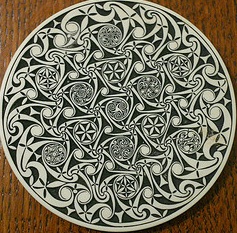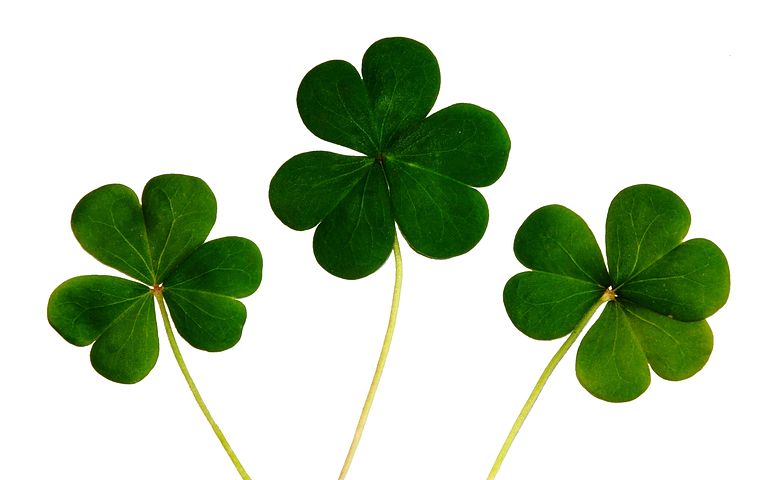Some of the most fascinating Celtic symbols and what they mean
Celtic symbols surround all of us, and most of you have probably come across plenty without realizing or knowing. There are some famous Celtic symbols that everyone knows about, such as the shamrock and the harp, and also some of the not so famous ones, yet equally spectacular in terms of what they mean and signify. These symbols originated centuries ago by settlers and nomads, and even Vikings. Today, they hold a special place in some of the Irish folklore and myths, but it is interesting to date back these symbols to their origination and think about what it meant back then.
Shamrock
The shamrock is a symbol that everyone is familiar with. It has also become the unofficial Irish symbol that is excepted not just by the Irish but also worldwide. The Shamrock is a three-leafed plant, that is often used to talk about the Holy Trinity since it dates back to the time of St. Patrick who brought Christianity to the nation. However, the shamrock can be tracked back at a time before St. Patrick, to the ancient Druids who also held the shamrock in high regard and identified it as a sign of good fortune.
The Harp
The harp is an instrument that is still played to this day. However, back in the early Irish times, people who could play the harp held the utmost importance and also enjoyed the highest ranks and privileges. After Henry VIII became the King of Ireland, he declared that the harp become the symbol of the country which signified rebellion against the crown, and it was also minted on all the coins.
 The Claddagh ring
The Claddagh ring
This is one of the more romantic Celtic symbols that indicates a timeless love and bond. There are many legends and stories that revolve around these Celtic symbols, most of them concerning Irish kings and peasant girls. Today, it is widely used as an engagement present or even as a promise ring, exchanged between two loved ones. The ring has a heart and crown on it which symbolizes loyalty and a lasting love.
The Celtic cross
The Celtic cross is more widely known by people as it is spread across all of England, Ireland, Wales, and Scotland. The symbol has the traditional cross, embedded in a circle that has horizontal and vertical meeting points. The Celtic cross can be traced back to the Roman times and is associated with the Roman god Invictus. Around the 19thCentury, the cross was very widely used as a headstone for graves. Today is very commonly seen on items of clothing, jewelry and people even get it tattooed.
The Celtic knotwork
Also one of the more predominant symbols in ancient Irish culture, the knotwork was said to bring about good luck, health and prosperity to whoever had it on their person. It was also used to ward off bad omen and spirits that were said to bring bad luck.

